My heart dropped as I listened to an ex-creationist talk about his fall from faith due to human chromosome 2. Truthfully, I didn’t know anything about this genetic conundrum at the time; I only knew it was troubling that someone could change their entire worldview based on a tiny package of human DNA. It seemed to be a problem for creationism. But was it?
The following is a summary of “Combinatorial Genomic Data Refute the Human Chromosome 2 Evolutionary Fusion and Build a Model of Functional Design for Interstitial Telomeric Repeats” by Dr. Jeffery P. Tompkins, and of the surrounding discussion and research pertaining to it. The views expressed do not necessarily reflect those of New Creation.
The research of Dr. Jeffery P. Tomkins will help us walk through actual data regarding this supposed evolutionary artifact. Thanks to his thorough research on the matter, we will see that human chromosome 2 is the opposite of a problem for biblical origins. It proclaims the design and purpose from the Creator’s hands.
Genetics 101
First, let’s cover some basics of genetics.
My DNA is the reason I’m in the 99th percentile for height (yes, I can help you get that item off the top shelf) and why I can make a clover shape with my tongue. When we talk about genetics, we are referring to our DNA which contains genes and the traits we inherit from our parents. DNA, or deoxyribonucleic acid, is the huge, vital molecule inside all our cells that instructs our cells what to do and where to go. We often refer to this as the blueprint of life; the molecule on which all living things rely on to develop and survive. How does it do this?
DNA undergoes many processes, but we will just introduce two.
Replication and Transcription
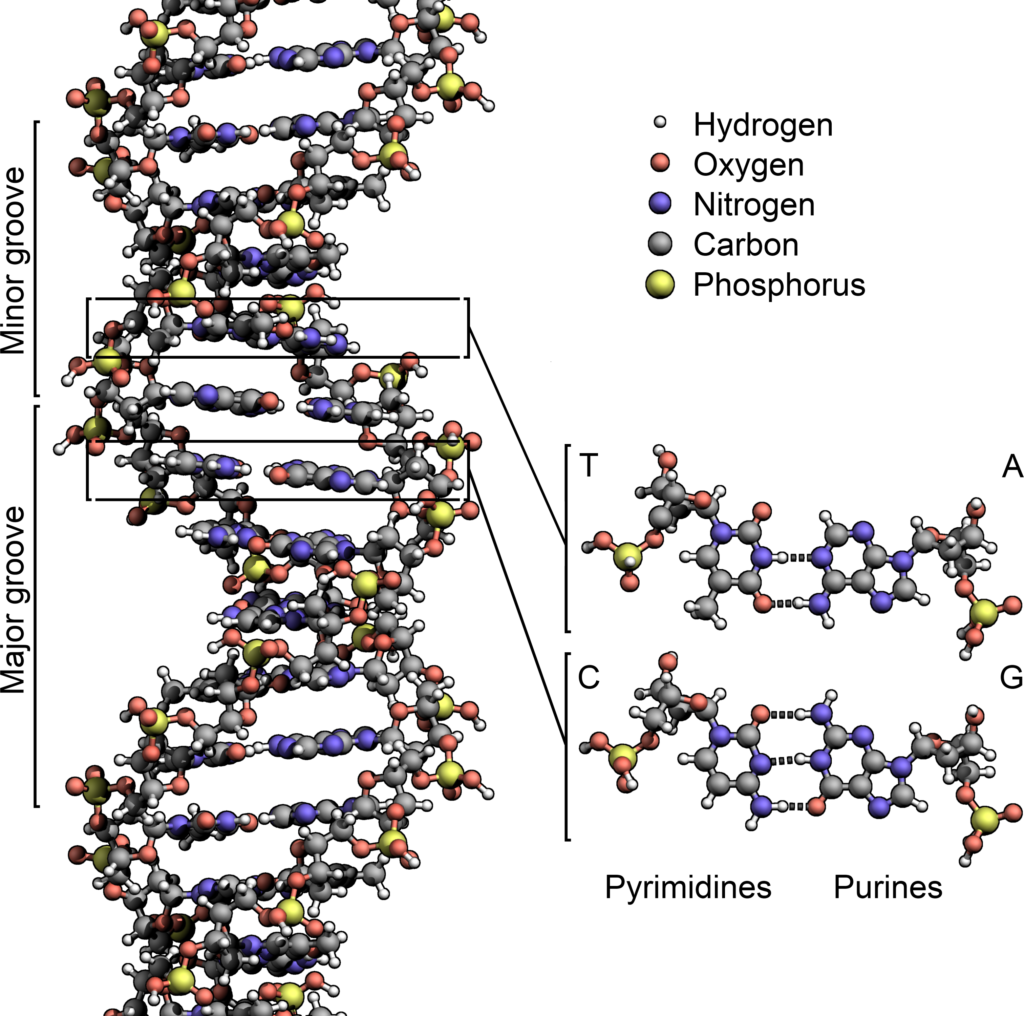
- Replication makes exact copies of DNA to pass down to daughter (new) cells. In this process, a suite of proteins carefully copies compact packages of DNA, called chromosomes. The resulting sister chromatids connect at a region called the centromere. When the cell divides, the chromosomes separate at the centromere and each cell has its own, complete genetic information.
- Transcription converts genetic instructions into smaller, usable pieces for the cell to manufacture materials. To do this, transcription factors and other special proteins bind to the DNA (which has two strands), open it up, and make molecules called RNA (ribonucleic acid). DNA and RNA both use nucleotides in their codes, but RNA has some differences in structure (one stranded) and code that allow for different functions such as making new proteins.
Complications and Mutations
This may sound complicated, and it is. During the replication process, various errors may occur among the billions of nucleotides in human DNA. Sometimes these errors lead to benign mutations, but harmful mistakes can occur. God, however, has not only designed our cells to correct as many mistakes as possible, but to prevent long term damage to our DNA.
One method of protection from too much damage is the existence of telomeres. Telomeres are non-coding portions of DNA that reside at the ends of chromosomes. They are long, repeated sequences that protect the important, protein-coding DNA from aging and damage. Overtime, the telomeres are the parts of our chromosomes that take the toll of division and aging, but that’s okay since they don’t code for any important genes. You can think of telomeres like caps at the ends of chromosomes that protect the important sequences like a helmet.
Interstitial telomeric sequences, or ITSs, are portions of nucleotide repeats that resemble telomere repeats. These are located in the middle of a chromosome, not at the end. Conventional scientists consider these to be artifacts of evolution with no real purpose, since telomeres don’t code for genes. We will come back to ITSs.
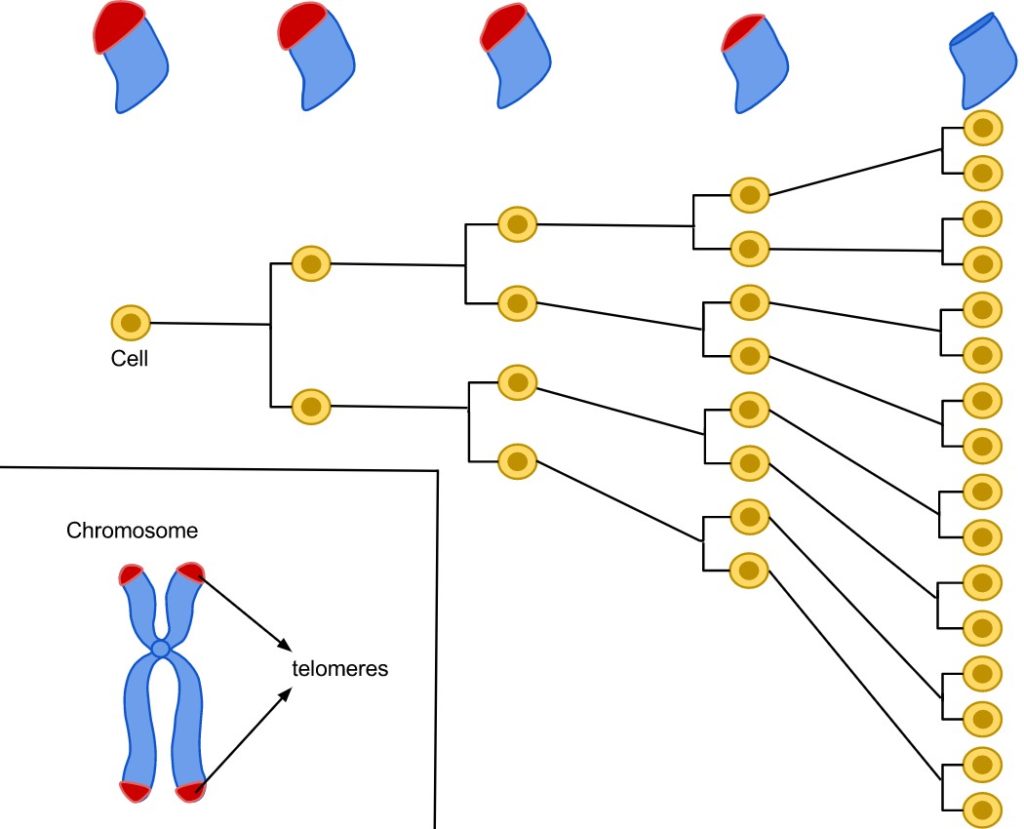
A Cryptic Centromere
Now that we have the basics, let’s delve into the problem of human chromosome 2.
If we descended from a common ancestor as the evolutionary models suggest, why do we have a different number and appearance of chromosomes (i.e. karyotype) than apes? Great apes have 48 chromosomes, while humans have 46. Secular researchers have used Chromosome 2 to help explain the discrepancy between our DNA and ape DNA. The idea is that chromosome 2 was originally two separate chromosomes in our proposed hominid ancestors. At some point, millions of years ago, two chromosomes fused at the ends (a telomere-telomere fusion). The proposed fusion means that, though our karyotype is different from that of apes now, it once shared closer similarities.
How could we tell if such a telomere-telomere fusion happened? Well, the end caps of DNA, the telomeres, would be in the middle of the normal sequences rather than the ends, and the central connection point, the centromeres, would remain as unused sequences. The old or original centromere is referred to as a “cryptic centromere.” Human chromosome 2 resembles this model.
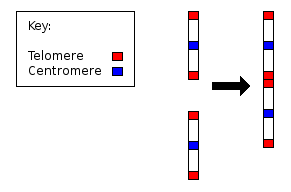
Biblical creationists have many problems with the evolutionary explanation of the data. Genesis 1-2 explains that God made humans in His image separately from animals. This is a fundamental foundation for biblical creationism. Therefore, common ancestry with apes is not a viable explanation for the cryptic centromere. So, is there any other way to understand chromosome 2?
Was Chromosome 2 Truly Fused?
Chimpanzee chromosome 2 seems very similar to human chromosome 2, and though this may be the case for several reasons, one reason is rather precarious. When sequencing chimp chromosome 2 and analyzing its structure, scientists used the human chromosome 2 as a kind of template, creating bias and a potential for artificial similarity between two, unrelated chromosomes. Additionally, when looking at the known sequences for chimp chromosome 2, there are many gaps in the code of nucleotides. In other words, there are many spots in the sequence for chimp DNA that are inconclusive, represented by the variable “N” rather than a known nucleotide base. How big the gaps are is unknown. In reality, we do not yet know how similar the two chromosomes truly are.
Fusion or Coding?
So the similarity between chimp and human chromosome 2 is in question, but what about the cryptic centromere? Isn’t this a strong piece of evidence for an ancient fusion? It turns out that chromosome 2’s proposed cryptic centromere is within a section of DNA that is actively coding for genes! Importantly, the gene is associated with making vital proteins for cell plasma membranes and cytoskeletons. This is no insignificant fact. Such a vital coding section of DNA does not support the idea of an ancient centromere.
What about the sequence at the point of fusion? Studies have shown this sequence of nucleotides promotes the transcription of DNA. Remember: telomeric sequences are usually non-coding. Telomeres act as buffers to protect the coding parts of DNA from damage and loss of information. If this was a fusion site at the ends of telomeres, why does it seem there are important, functional sites within the code? To top it off, telomere-telomere fusion is not a normal occurrence in mammal genomes. In fact, fusions are usually harmful to the organism. Even if there was a real telomere-telomere fusion here, there should be thousands of telomeric base pair repeats, as telomeres usually contain 5,000-15,000 base pairs. The proposed fusion spot contains only 789 base pairs. This doesn’t look like it’s panning out to be a true fusion of telomeric DNA!
Tomkins’ Investigation
With all this in mind, Tomkins (2018) sought to investigate the purpose of the strange nucleotide repeats in chromosome 2. As it turns out, interstitial telomeric sequences, or ITSs, are scattered throughout the human genome. Is there some overarching purpose for these?
To test the purpose of ITSs in the human genome, Tomkins downloaded an up-to-date human genome database and analyzed it using computer programs and datasets from the ENCODE database (Encyclopedia of DNA Elements). The ENCODE datasets provided information on millions of known genes and their functions. The gene sequences were queried for ITSs at least 2 repeats long, which provided the information on how many ITSs intersected genes for transcription, regulation, etc. like the ITS in chromosome 2’s.
An Alternative Explanation for Interstitial Telomeric Sequences
Over 5,000 ITS sites were located throughout the genome, some of which were inside important genes! Some genes containing ITSs are essential genes coding for special types of RNA called long intergenic noncoding RNA, which are so important for development and health that scientists are using them in biomedical research. In an analysis of 8.8 million transcription factor binding sites, Tomkins found 4,489 intersecting ITSs. Remember: transcription binding sites are essential for the proper manufacturing of RNA.
Thousands of ITS sites were associated with transcription factor start and binding sites.
Researchers compared a dataset of disease-associated genes with ITS sites. Of the 8,801 loci (physical location site of gene) tested, only 5 ITS sites were associated with known diseases.
While evolutionary models have explained the curious sequences in human chromosome 2 as evidence for an ancient site of fusion, Tomkins’ findings show these sites are vital for gene function! They are not unimportant artifacts of evolution. Not only is the cryptic centromere of human chromosome 2 within an important, protein-coding gene, but the telomere-like sequences also are shown to be important for gene promotion, DNA transcription, and regulation. Scientists have known that thousands of ITSs are sprinkled throughout our genome, but Tomkins’ findings suggest their role in regulating our DNA and gene function.
Abandoning Creationism Due to Human Chromosome 2?
It turns out that, while human chromosome 2 may appear fused at first glance, the evidence supports the design and purpose of the creation from the Creator. Interstitial telomeric repeats like that of chromosome 2 may be associated with regulating DNA and expressing our genes properly, an important mark of design.
Creation research certainly does not hold every answer to the hard questions of life and science (nor do evolutionary studies or models). The curse of sin on creation (Genesis 3, Romans 8) has caused damage and degradation of an originally “good” world. We must conduct more research to continue understanding how God designed our world. However, let us remember that our faith ought not be based on supportive data, or crushed by unanswered questions. When our foundation is the Word of God, we can explore and study his world with confidence and faith.




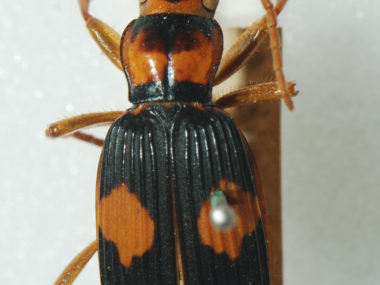

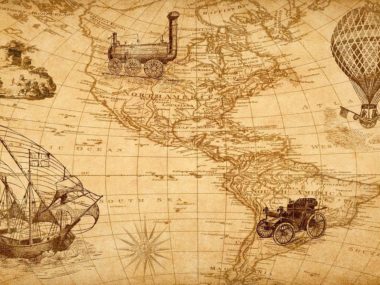
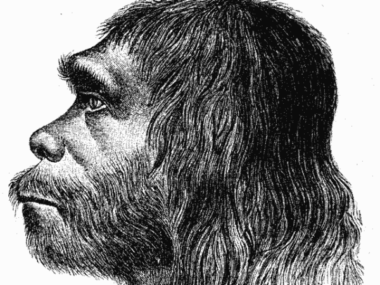




I totally understand the dropping of your heart, Noel. Do you know who this ex-creationist is? Perhaps, if he was provided the creationist work on this topic that have been made over the years, would it make a difference?
Hi Nick,
Unfortunately, I think in this case chromosome 2 was the tipping point following many other issues. Sadly, it extended beyond the “creation vs. evolution” issue and affected their entire faith. For many people, there is never enough evidence or research presented when it is ultimately a faith issue. While the research is important and exciting, one’s foundation needs to be Scripture!
Thanks for your comment!
Noel
I would love to read these articles in an audio format so I could listen to them when I drive to work in the morning. There’s probably an app for that. But if you have a narrator that could read them as an option, that would be wonderful.
Stay tuned! We are excited to be working on this soon.
You said, “Chimpanzee chromosome 2 seems very similar to human chromosome 2″.
Actually, human chromosome 2 is similar to chimp chromosomes 2 and 3 combined – which is really important, with the fusion in the spot we would expect and the information largely in order. Combined with the vestigial centromere and telomeres and our understanding of how chromosomes can change over time and you have quite the “smoking gun” for macroevolution.
You said, “Tomkins’ findings show these sites are vital for gene function!”.
Even if these structures were shown to be beneficial for survival and reproduction in their current form (which is a stretch to get to based on Tomkins’ findings), that in no way implies they are not the result of descent with modification.
All you need to realize is there are a million ways macroevolution could have been disproven by now… The problem is, even as genetics really opened up in the late 21st century, everything we’ve learned supports the interrelationship of all living things — and more than in just a “God re-used the pieces” kind of way, but in a way that uncannily aligns with what we see in the fossil record.
Creationism is a nice idea. It makes the theology easier. Unfortunately the evidence just doesn’t bear it out.